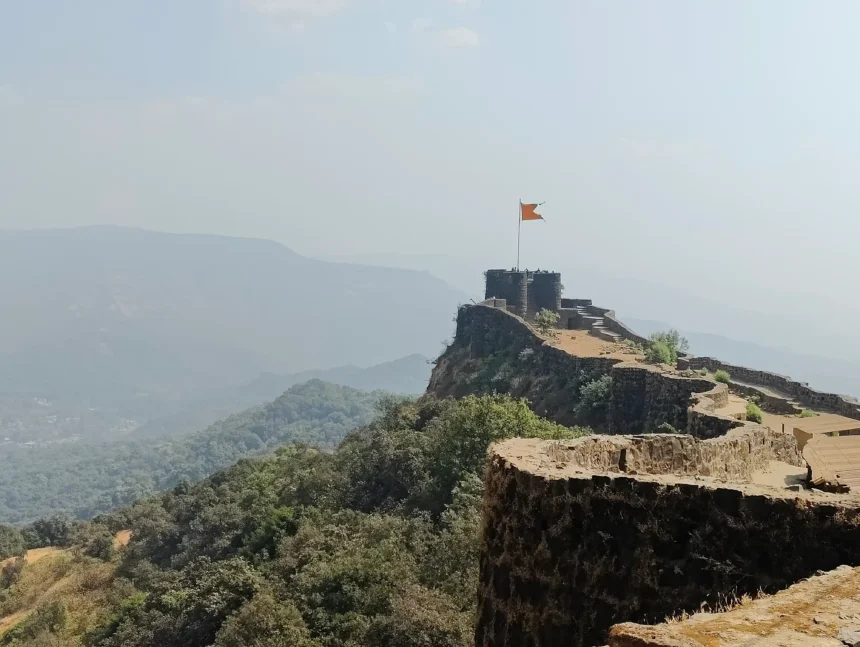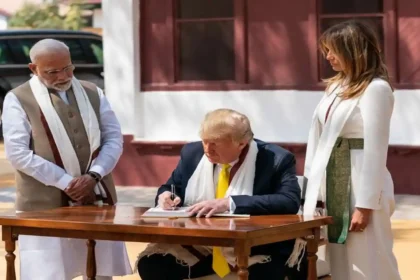New Delhi, July 12, 2025 – India has a new reason to celebrate as the Maratha Military Landscapes of India were added to the UNESCO World Heritage List, making it the country’s 44th site with this status. The news came on Friday, July 11, from Union Culture Minister Gajendra Singh Shekhawat, and it’s being seen as a big win for the nation’s history. This move shines a light on the Maratha Empire’s clever military planning and deep cultural roots from the 17th to 19th centuries.
The Maratha Military Landscapes include 12 forts, with 11 in Maharashtra and one in Tamil Nadu. These forts show how the Marathas used the land for defense. Some key names are Salher, Shivneri, Lohgad, Khanderi, Raigad, Rajgad, Pratapgad, Suvarnadurg, Panhala, Vijaydurg, and Sindhudurg in Maharashtra, plus Gingee Fort in Tamil Nadu. They sit on hills, coasts, and even islands, proving the Marathas knew how to pick strong spots.
These forts started being built long ago, with some roots in the 12th century under the Shilahar dynasty, and were later improved by Maratha leaders like Chattrapati Shivaji Maharaj. Take Vijaydurg Fort, called the “Eastern Gibraltar,” built around 1193-1205 and later upgraded. It’s on a peninsula with a 40-kilometer creek that stopped enemy ships, showing smart design. Island forts like Sindhudurg and Khanderi, surrounded by water, were also tough to reach.
This UNESCO nod took time. India added the Maratha Military Landscapes to its Tentative List in 2021, a step needed for consideration. The forts fit three UNESCO rules: they show a special cultural way of life, are good examples of building, and tie to big historical moments. The decision was finalized at a meeting where Indian representatives held up the national flag.
Now, India has 44 World Heritage Sites, ranking 6th worldwide and 2nd in the Asia-Pacific area. The country has 62 more sites on its Tentative List, hinting at future additions. Prime Minister Narendra Modi and Maharashtra Chief Minister Devendra Fadnavis praised the achievement, calling it a proud moment.
Different groups protect these forts. Eight, like Shivneri and Raigad, are cared for by the Archaeological Survey of India. The others, such as Salher and Pratapgad, are handled by Maharashtra’s Directorate of Archaeology and Museums. This teamwork helps keep the sites safe.
People are happy about this news. It might bring more visitors, helping local areas grow. It also reminds everyone of the Maratha Empire’s impact on India’s past. From hill forts to sea forts, these places tell a story of strength and planning that still stands out. As word spreads, many are eager to visit and learn more about this history.







